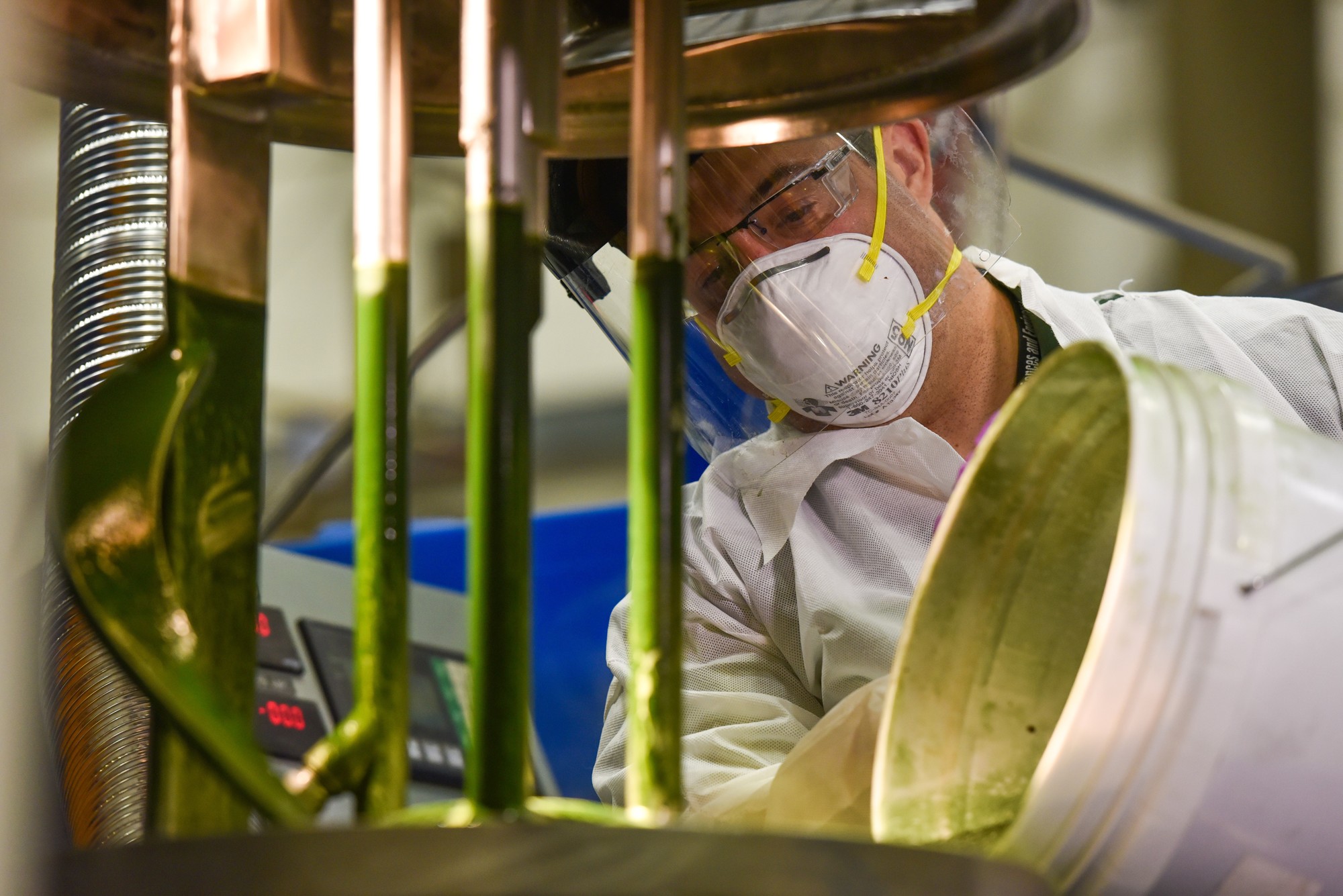
Bioenergy Technologies Office
July 10, 2019
Solving the Puzzle Surrounding Algae for Biofuels

In this study, PNNL used a unique and experimental continuous flow HTL system that is much closer to how the algae conversion process would take place in a commercial setting. Photo credit: PNNL.
Scientists have made significant strides in transforming algae to biocrude using a process called hydrothermal liquefaction, or HTL. Researchers at Pacific Northwest National Laboratory (PNNL) have developed a model that predicts outcomes from the algae HTL process in a way that mirrors commercial reality much more closely than previous analyses. They found that algae with higher lipid content is key to reducing costs, and that two factors—algae composition and capital investment—are the biggest drivers of economic uncertainties about the process.
PNNL’s paper, "Techno-economic uncertainty quantification of algal-derived biocrude via hydrothermal liquefaction," was published in the May 2019 issue of Algal Research. The work was funded by the U.S. Department of Energy’s Energy Efficiency and Renewable Energy’s (EERE’s) Bioenergy Technologies Office.
Learn more.
Learn more about EERE on Facebook and follow Assistant Secretary Daniel Simmons on Twitter.
View in browser
|